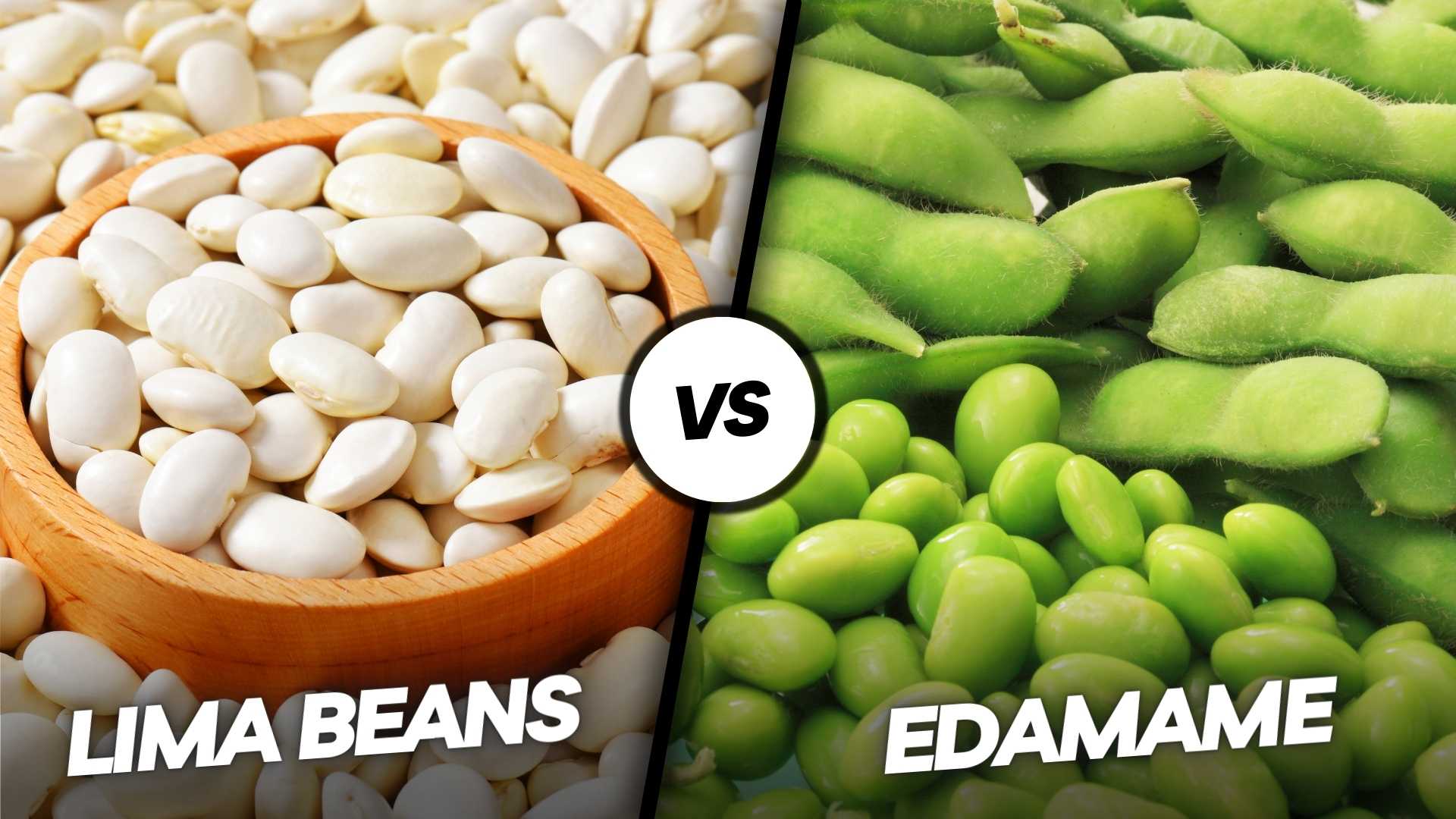Unveiling the Truth: Are Fig Leaves Toxic to Humans?
Fig trees (Ficus carica) are renowned for their luscious fruits, but questions often arise about the safety of their leaves. Are fig leaves toxic to humans? In this article, we’ll delve into the science behind fig leaves, their composition, and whether they pose any potential risks to human health.
Understanding Fig Leaves Composition
Fig leaves contain various compounds, including:
- Furocoumarins: Some varieties of fig leaves may contain furocoumarins, natural compounds that are also found in other plants. Furocoumarins have the potential to cause skin reactions when exposed to sunlight, a phenomenon known as photodermatitis. However, the levels of these compounds in edible fig varieties are usually low.
- Phenols and Antioxidants: Like many plant-based materials, fig leaves contain phenolic compounds and antioxidants, which can offer health benefits when consumed in moderation.
Unveiling the Health Benefits of Fig Leaves: A Blessing for Diabetics
Are Fig Leaves Toxic?
In general, fig leaves from edible fig varieties are not considered toxic when consumed in reasonable amounts. They have been used traditionally in certain cuisines, such as Mediterranean and Middle Eastern, where they are sometimes used as wrapping for foods like rice and meat dishes. However, some precautions and considerations are essential:
1. Photodermatitis Risk: As mentioned earlier, furocoumarins in fig leaves can cause skin reactions when exposed to sunlight. To minimize the risk, it’s advisable to handle fig leaves with caution if you have sensitive skin or a history of skin reactions.
2. Moderation: While fig leaves are not typically consumed in large quantities, it’s a good practice to consume them in moderation, as excessive consumption of any plant material could potentially lead to digestive discomfort.
3. Variety Matters: Different fig tree varieties may have varying levels of compounds, so it’s recommended to stick to common edible fig varieties for culinary purposes.
Preparing and Using Fig Leaves Safely
If you’re interested in incorporating fig leaves into your culinary adventures, here are some tips to do so safely:
- Cooking: Cooking or blanching fig leaves can help reduce the levels of any potential compounds that might cause concern. In Mediterranean cuisines, fig leaves are often used for wrapping and grilling dishes.
- Consultation: If you have any concerns about consuming fig leaves due to allergies or sensitivities, consult with a healthcare professional before trying them.
Final Thoughts: Safe and Enjoyable Use
In conclusion, fig leaves from edible fig varieties are generally safe to consume when used correctly and in moderation. While there are compounds present in fig leaves that might cause concerns in specific situations, the levels are typically not high enough to pose a major risk to human health. As with any plant-based material, exercising caution and consulting professionals when necessary will ensure your culinary endeavors with fig leaves are enjoyable and safe.












